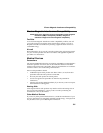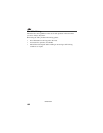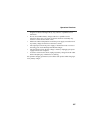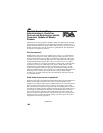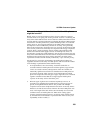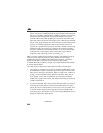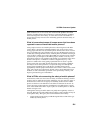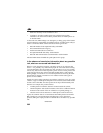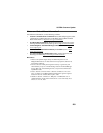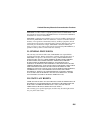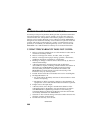
199
US FDA Consumer Update
How much evidence is there that hand-held mobile phones
might be harmful?
Briefly, there is not enough evidence to know for sure, either way; however,
research efforts are on-going. The existing scientific evidence is conflicting and
many of the studiesthathave been done to datehave suffered from flaws in their
researchmethods. Animal experimentsinvestigating theeffects of RFexposures
characteristic of mobile phones have yielded conflicting results. A few animal
studies, however, have suggested that low levels of RF could accelerate the
development of cancer in laboratory animals. In one study, mice genetically
altered to be predisposed to developing one type of cancer developed more than
twiceasmanysuchcancerswhentheywereexposedtoRFenergycomparedto
controls. There is much uncertainty among scientists about whether results
obtained from animal studies apply to the use of mobile phones. First, it is
uncertain how to apply the results obtained in rats and mice to humans. Second,
many of the studies that showed increased tumor development used animals that
had already been treated with cancer-causing chemicals, and other studies
exposed the animals to the RF virtually continuously—up to 22 hours per day.
For the past five years in the United States, the mobile phone industry has
supported research into the safety of mobile phones. This research has resulted
in two findings in particular that merit additional study:
1. In a hospital-based, case-control study, researchers looked for an
association between mobile phone use and either glioma (a type of brain
cancer) or acoustic neuroma (a benign tumor of the nerve sheath). No
statistically significant association was found between mobile phone use
and acoustic neuroma. There was also no association between mobile
phone use and gliomas when all types of types of gliomas were considered
together. It should be noted that the average length of mobile phone
exposure in this study was less than three years.
2. When 20 types of glioma were considered separately, however, an
association was found between mobile phone use and one rare type of
glioma, neuroepithelliomatous tumors. It is possible with multiple
comparisons of the same sample that this association occurred by chance.
Moreover, the risk did not increase with how often the mobile phone was
used, or the length of the calls. In fact, the risk actually decreased with
cumulative hours of mobile phone use. Most cancer causing agents
increase risk with increased exposure. An ongoing study of brain cancers
by the National Cancer Institute is expected to bear on the accuracy and
repeatability of these results.(1)



